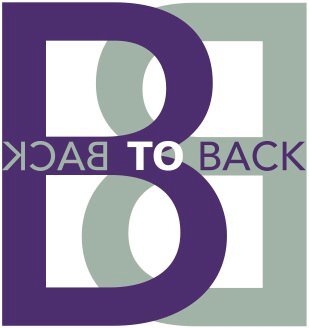SHIN PAIN IN RUNNERS EXPLAINED
Lower limb injuries in runners are all too common and unfortunately hard to predict. With the ‘Virgin Money London Marathon’ not too far off, we wanted to share some Back to Back thoughts on shin pain.
Lower leg pain can come on for unseasoned runners or those that change their training routine too quickly without laying suitable foundations. This could be switching to lots of hill running or adding in more speed work.
One or more of THREE pathological processes are often involved in shin pain.
Shin Splints or Medial Tibial Stress Syndrome/Inflammatory shin pain
This is normally pain on the front or inside of your tibia/shin bone. It can wax and wane, but normally decreases as you warm up. The runner can often complete their training but it can recur after exercise and be painful the following morning. If left untreated, it can become worse.
It is generally agreed that if you have shin splints, you should stop running or alter your training depending on its severity. Reduction of the inflammatory response is key and it may be helped by rest, stretching, ice and soft tissue work.
Medical Acupuncture in the right places appears to be pretty effective. Off load your shins with alternative training methods or running in a pool. When you return to running, do it gently and follow the 10% rule. Don’t increase your speed or distance by more than 10% per week.
Bone Stress Response
Pain in the shinbone may be due to a stress response/stress fracture of your tibia. This without doubt is more serious than ’shin splints’ and needs to be ruled out if pain persists. This sort of pain can be increasing or pretty constant. It is often worse on impact or after use. There may be some night pain. Pain is normally more localised or acute than ‘shin splints’.
Compartment Syndrome
The muscles in your lower leg are separated into compartments. Causes are not fully known, but as your muscles swell during activity, they create increased pressure in these ‘closed compartments’. Signs and symptoms are directly related to use and intensity. It increases with exercise and decreases with rest. Soreness can be minimal and diffuse. There may be muscle weakness and sensory symptoms into the foot and toes.
Seeking help is important if you have pain, especially if it does not go away. Making sure you see an appropriate practitioner with suitable qualifications to enable a correct diagnosis or referral is important.

